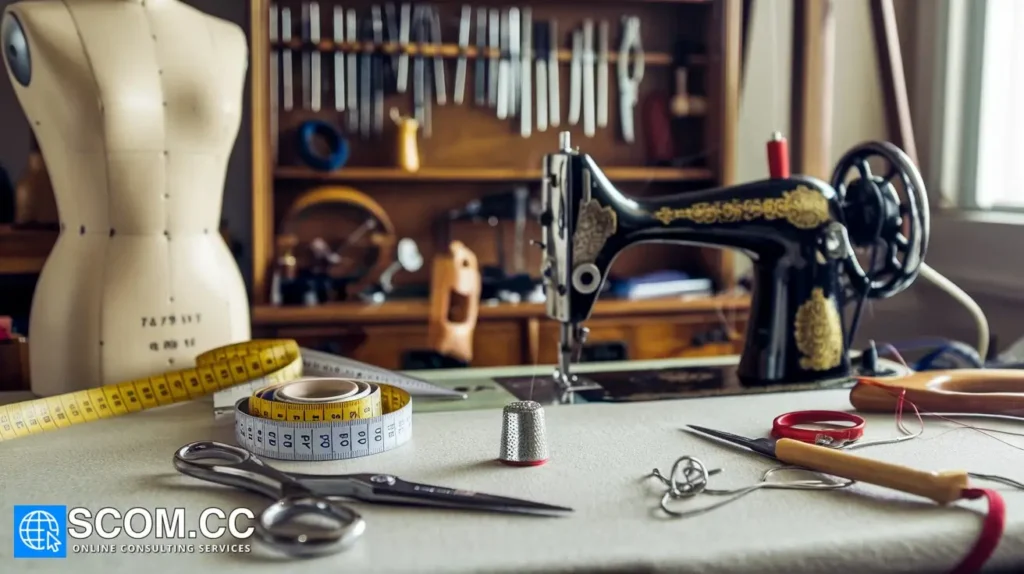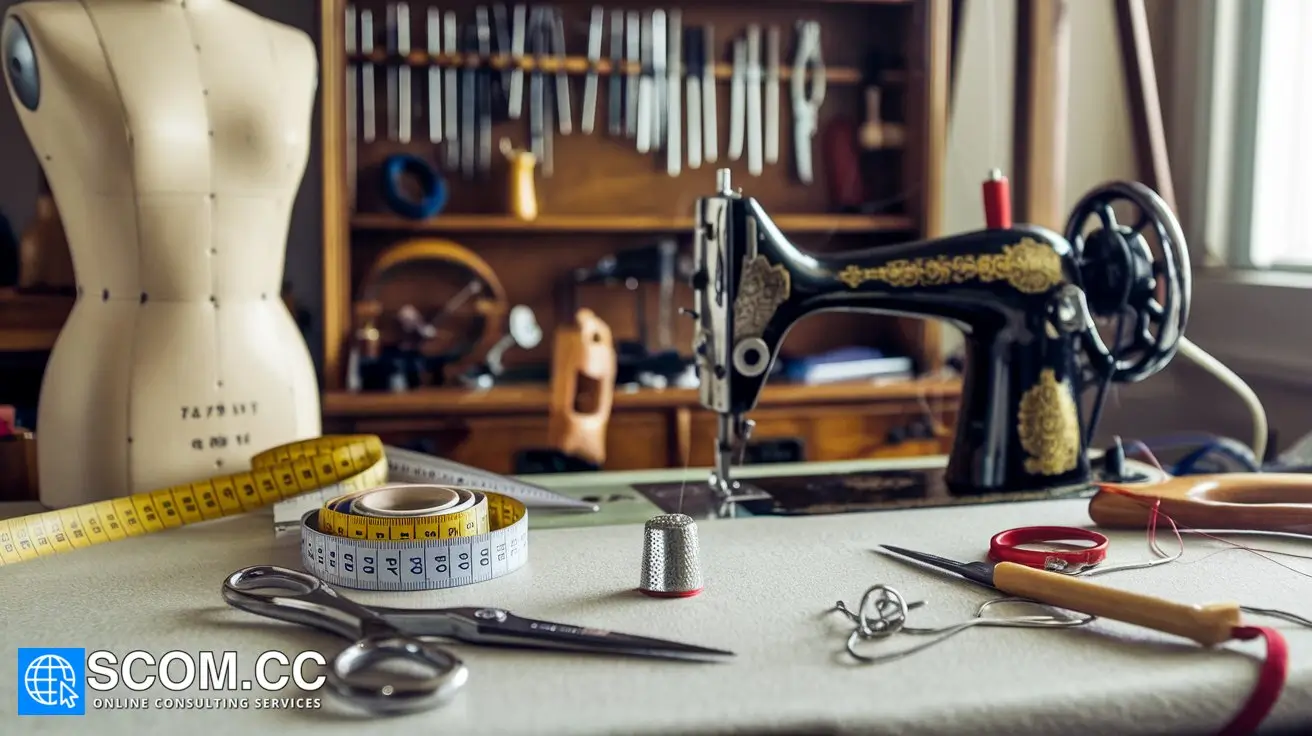How to Use a Dress Form for Accurate Tailoring

How to Use a Dress Form for Accurate Tailoring
A dress form is an indispensable tool in the world of tailoring. It allows for precise fitting, pattern adjustments, and garment alterations, ensuring a high level of accuracy in the final product. Whether you're a professional tailor or a sewing enthusiast, understanding how to use a dress form effectively can enhance your tailoring skills and lead to better-fitting garments. This guide provides a comprehensive overview of how to use a dress form for accurate tailoring, including tips for fitting, adjustments, and maintenance.
1. Choosing the Right Dress Form
1.1 Size and Shape
When selecting a dress form, it's essential to choose one that closely matches the measurements and proportions of the intended wearer. Dress forms come in various sizes and shapes to accommodate different body types.
- Features to Consider: Adjustable dress forms allow for customization in terms of bust, waist, and hip measurements. Look for a form with a multi-size capability or one that offers padding options to match the specific measurements you need.
- Best Practices: For the best results, select a dress form that aligns as closely as possible with the size and shape of the final garment’s intended wearer. This will minimize the need for extensive adjustments during the fitting process.
1.2 Material and Construction
Dress forms are made from various materials, including foam, fabric, and plastic.
- Foam Dress Forms: Offer a soft surface that can be pinned easily. They are great for detailed fitting and adjustments.
- Fabric Dress Forms: Provide a realistic feel and allow for easy marking. They are ideal for garments that require precise fitting.
- Plastic Dress Forms: Often more durable and easier to clean, but they may not provide as much ease for pinning.
2. Preparing the Dress Form
2.1 Adjusting Measurements
Before using the dress form, adjust it to match the measurements of the wearer or the intended garment size.
- Adjustment Process: Use the adjustable dials or padding on the dress form to modify the bust, waist, and hip measurements. Ensure that the form reflects the exact dimensions needed for the garment.
- Checking Accuracy: Double-check the measurements using a tape measure to ensure accuracy. Make sure all adjustments are secure and properly aligned.
2.2 Adding Padding
For a custom fit, additional padding can be added to the dress form to match specific body contours.
- Padding Materials: Use foam, cotton batting, or other padding materials to add volume where needed. Secure the padding with pins or fabric covers to prevent shifting.
- Best Practices: Pad areas that require extra fullness or specific shapes to match the garment’s design. This allows for more accurate fitting and adjustments.
3. Fitting Garments on the Dress Form
3.1 Draping Techniques
Draping involves positioning the fabric directly on the dress form to create or adjust patterns.
- Draping Process: Begin by securing the fabric with pins or tailor’s chalk. Arrange the fabric to follow the dress form’s contours, making adjustments as necessary for a proper fit.
- Best Practices: Work with fabric on a dress form to visualize how it will fall and fit on the body. Adjust the fabric as needed to refine the pattern and ensure accuracy.
3.2 Pinning and Marking
Pinning and marking are essential steps in achieving a precise fit.
- Pinning Techniques: Use sewing pins to secure fabric pieces to the dress form. Place pins strategically to hold the fabric in place without distorting its shape.
- Marking Techniques: Utilize tailor’s chalk or fabric markers to make adjustments and note fitting changes. Make sure the markings are visible and do not damage the fabric.
3.3 Making Adjustments
After fitting the garment on the dress form, make necessary adjustments to achieve the desired fit.
- Adjustment Process: Alter the garment’s pattern or make modifications directly on the fabric based on the fitting results. Adjustments might include altering seams, hemlines, or darts.
- Best Practices: Make small adjustments and try on the garment periodically to check for fit. Use the dress form as a reference to ensure changes are consistent with the intended design.
4. Using the Dress Form for Pattern Making
4.1 Creating Patterns
A dress form can be used to create and refine patterns for custom garments.
- Pattern Creation: Lay the fabric over the dress form and pin it into place to create a pattern. Mark the pattern lines and make adjustments as needed to ensure accuracy.
- Best Practices: Use the dress form to check pattern fit and proportions before cutting into final fabric. Adjust the pattern based on the dress form’s measurements for a precise fit.
4.2 Refining Patterns
Refine patterns by using the dress form to test fit and make alterations.
- Pattern Refinement: Place the pattern on the dress form to check fit and make necessary changes. Use the form to visualize how the pattern will translate into the finished garment.
- Best Practices: Test different pattern variations on the dress form to determine the best fit. Make incremental adjustments to achieve the desired design and fit.
5. Maintaining the Dress Form
5.1 Cleaning and Care
Proper maintenance of the dress form ensures its longevity and performance.
- Cleaning Techniques: Clean fabric dress forms with a lint brush or vacuum. For foam or plastic forms, use a damp cloth to wipe down surfaces. Avoid using harsh chemicals that could damage the material.
- Best Practices: Regularly check for any wear or damage and address issues promptly. Store the dress form in a dry, dust-free environment to maintain its condition.
5.2 Storing the Dress Form
Store the dress form properly to protect it from damage and ensure it remains in good working order.
- Storage Tips: Cover the dress form with a dust cover or fabric to prevent dust accumulation. Store it in a stable, upright position to avoid warping or distortion.
- Best Practices: Avoid placing heavy items on the dress form or subjecting it to extreme temperatures, which could affect its shape and functionality.
Conclusion
Using a dress form is essential for achieving accurate tailoring and creating well-fitted garments. By selecting the right dress form, preparing it correctly, and employing effective fitting techniques, you can enhance your tailoring skills and ensure that every garment fits perfectly. Proper maintenance and care will help extend the life of your dress form and keep it in optimal condition for all your tailoring needs.

To explore more about tailoring, visit our Blog of Tailoring. If you have any questions or need assistance, go to our contact page. Additionally, you can find more information about tailoring and consulting at this tailoring and consulting portal.

Leave a Reply